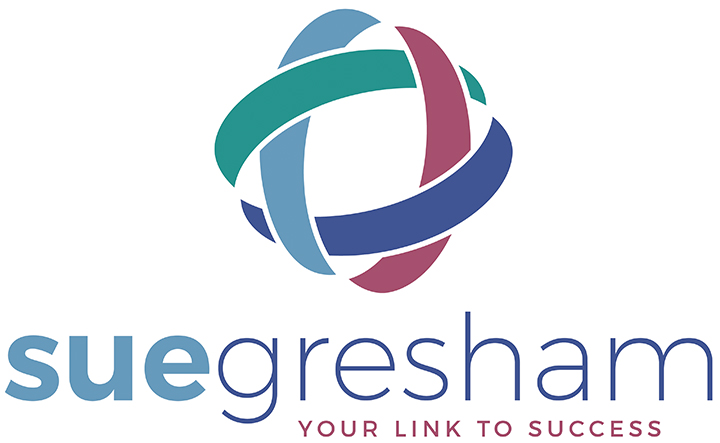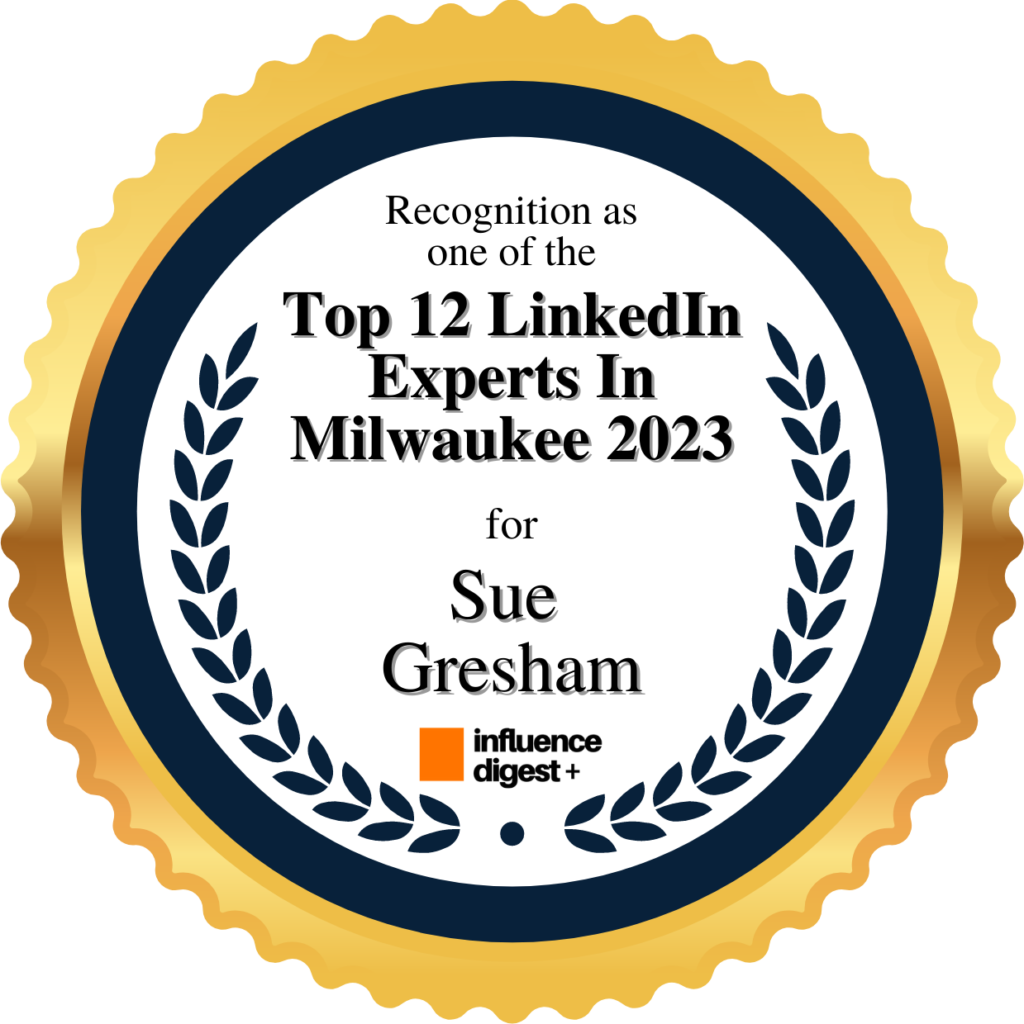It’s sad but true that many colleges are not preparing students for their post-school job searches. Oh sure, the schools have career services where they might help them with job search tactics or preparing a basic resume, but so much more is needed.
Today’s college (and high school students) should create LinkedIn profiles too.
Here’s why:
Recruiters
One obvious reason is that 95% of all recruiters and hiring managers use LinkedIn to find and qualify candidates for their open positions. Even if a company is not using a recruiter, the person who is doing the hiring is checking for an online presence. If a student (who is a candidate) is not on LinkedIn with a professional presence (versus Snapchat) they are hurting their chances. It just makes sense doesn’t it?
Positive Online Image They Can Control
LinkedIn is one of the only social platforms where an individual can control what is written about them. That’s because they do it themselves. They craft their own profile in their own words, talking about what they want others to know. And just as importantly, students can control who they connect with. You generally won’t see unflattering comments, pictures of parties and socially inappropriate things on LinkedIn.
Google and Bing Searches
When you have a LinkedIn profile, if someone searches for you by name, the link to your LinkedIn profile will be one of the top three listings in the search results (unless you are a superstar or have been in the news a lot).
Online Work and Experience History
While LinkedIn is not meant to be your resume, a LinkedIn profile is the online record of your work and professional experience. Over the course of a person’s work life, they will change jobs and careers multiple times. LinkedIn profiles can be a permanent record.
High School Students
Even high school students (over 16 years of age) should start building a LinkedIn presence.
Today’s students are much more accomplished than students of generations ago. Just to get into college, they need hours of volunteer work, outside activities and many written recommendations by teachers, principals, and other adults. They are already building their professional networks, even if they don’t realize it yet.
Less than 10% of high school students have a LinkedIn presence. Those that do could attach a link to their profile when they apply for college. That almost guarantees that an admissions department will notice them.
Help Your Student Get Started
The first thing we should remember is that students are very tech savvy and they don’t need help with the “how to”. They’ve downloaded the app before we even find the Google Play Store on our phones!
What they need is our help to insight and reinforce all the wonderful things they’ve accomplished so far. And we can show them how that translates into the work world and into their LinkedIn profiles. Here are some must-haves:
Experience Section
For students, an experience can be part or full-time jobs, internships, volunteer work, or leadership in organizations and clubs or entrepreneurial endeavors. I recently met two high school students who founded Ketchup Please, manufacturing and selling organic, low sugar ketchup.
Skills & Endorsements
Today’s students have taken classes in many of the technical skills needed for business today. AP and graduate level course are standard for most students now.
Recommendations
As I mentioned earlier, written recommendations are required for admission to college, postgraduate schools and even many clubs and organizations. Recommendations can be either in the actual recommendations section or they can include a .pdf of the recommendation on their profiles.
Other Sections They Can Include
Projects – List those that show leadership, results and/or are career related.
Education -Graduation or projected graduation dates along with degree information
Courses – Great for attracting employers
Awards – Could be for grades, extra curriculars, or civic. A great example is Eagle Scout.
Organizations – Almost every student is involved in something these days.
Projects – List those that show leadership, results and/or are career related.
Volunteer – Everyone loves a volunteer.
One Last Word
Show them how to build their network.
We’ve all heard “It’s not what you know, it’s who you know.” Our students have a built-in network of people they can connect with on LinkedIn. They know teachers, professors, bosses, mentors, volunteer coordinators/leaders, teammates, and older students they’ve interacted with. They also have family (parents, aunts, uncles, cousins, grandparents). They have friends and may know their friend’s parents. And don’t forget adults from church and the neighborhood.
So, if you have a student in your life, talk with them about getting set up on LinkedIn.

